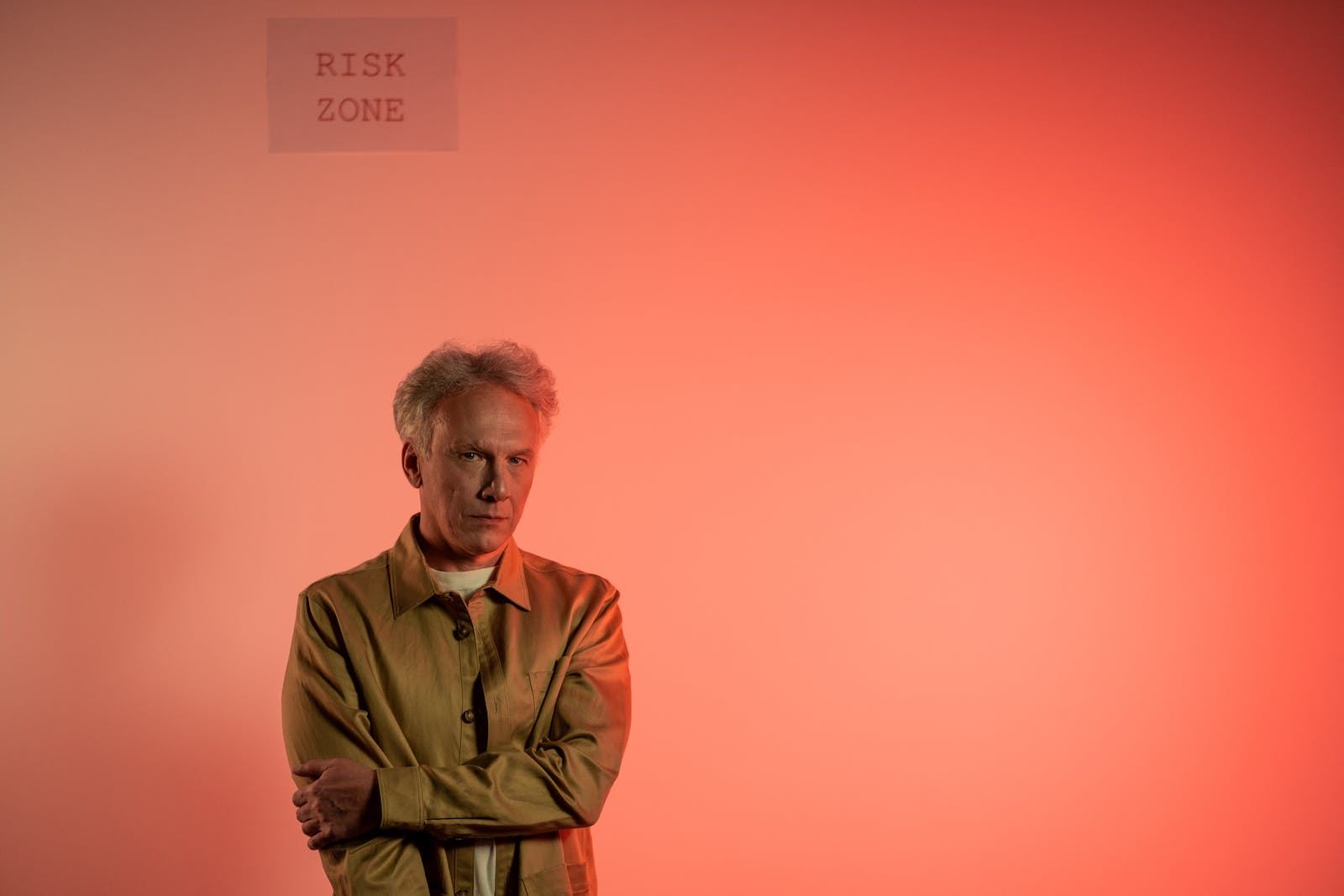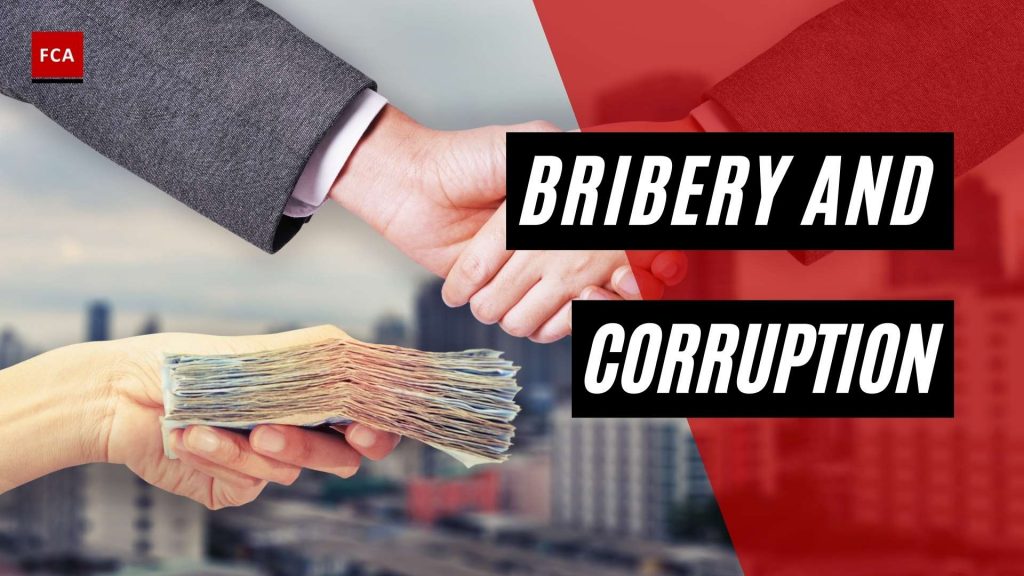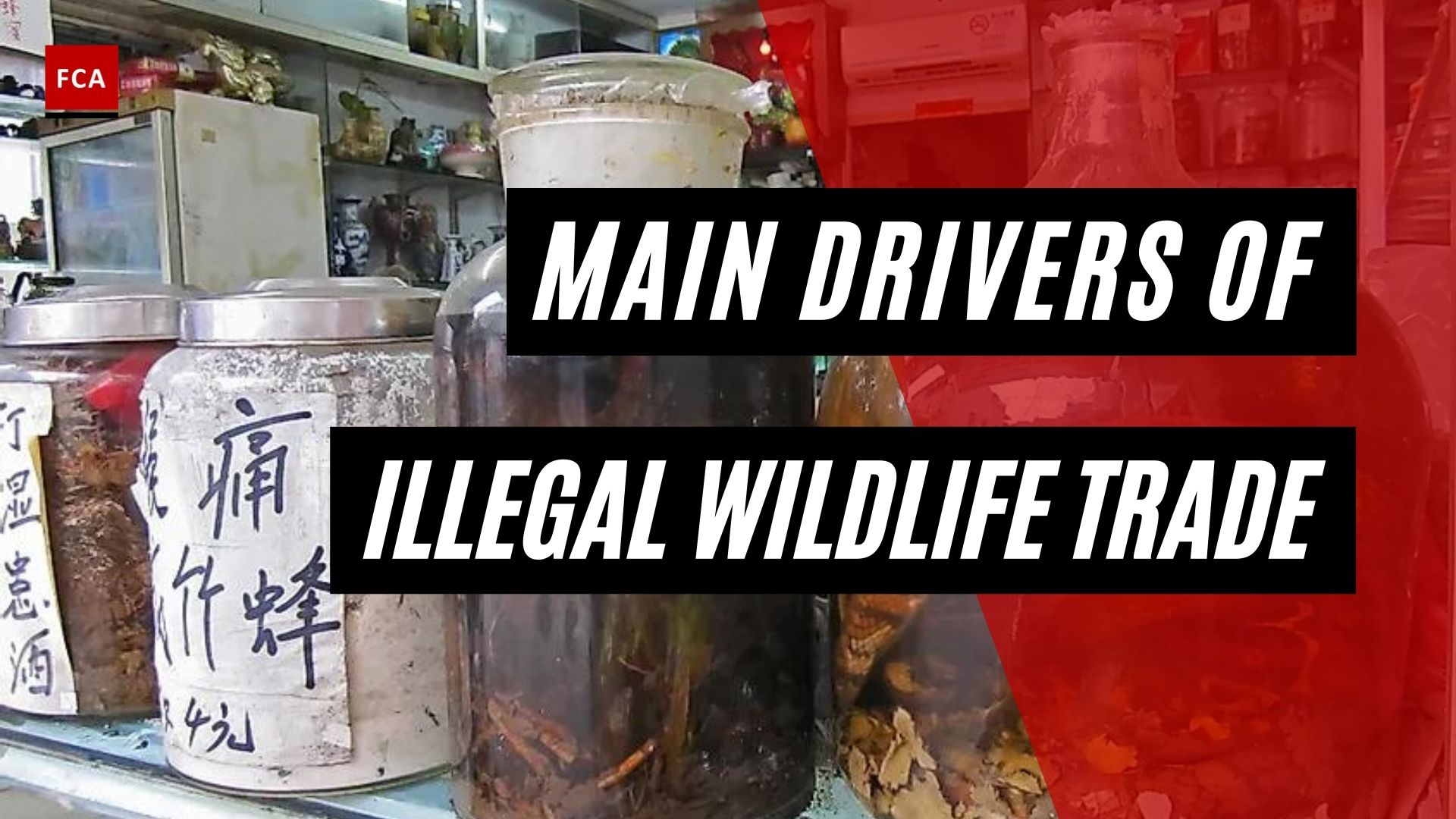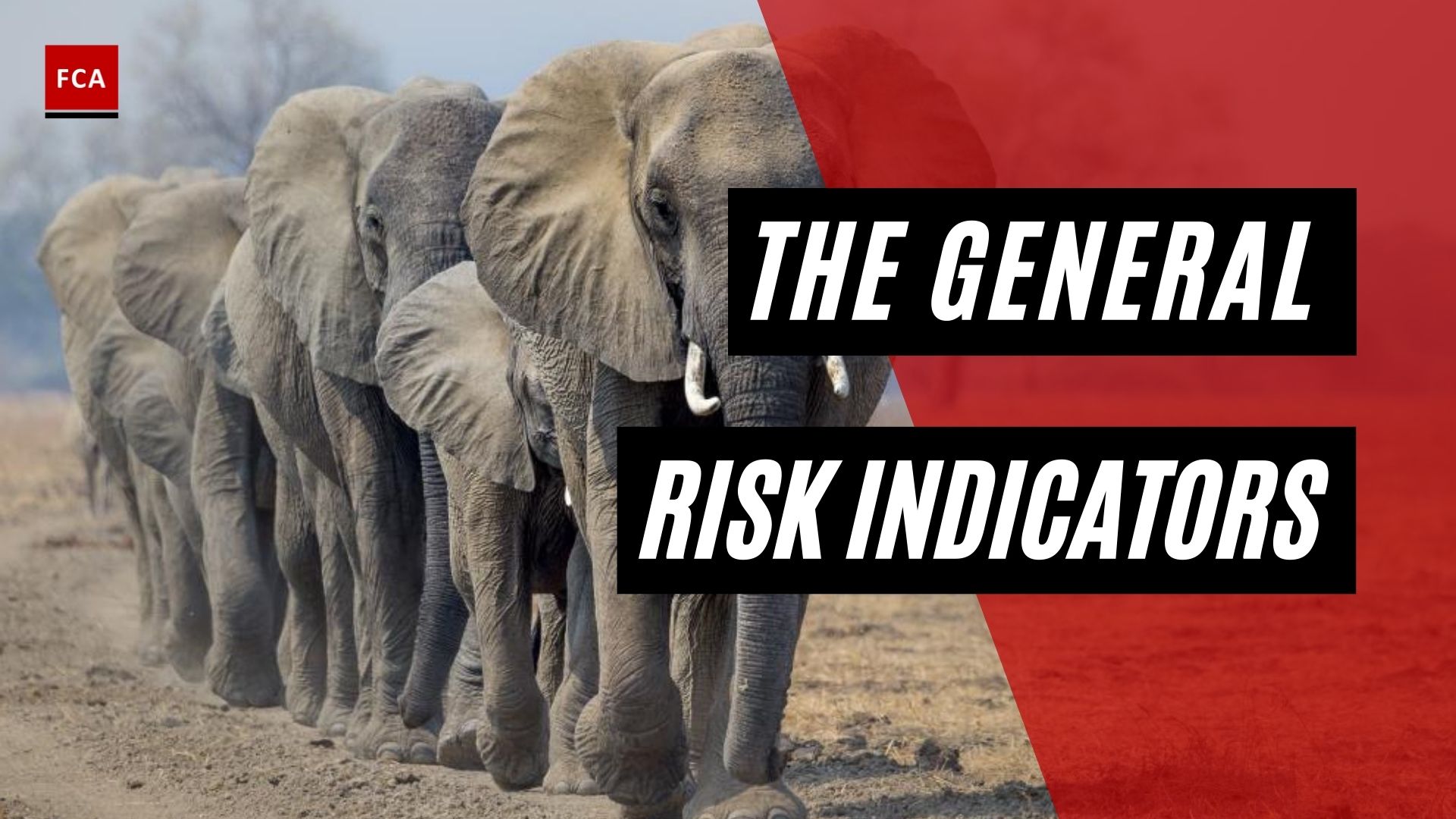Bribery and corruption have far-reaching consequences, affecting businesses, economies, and societies around the world. As the world becomes more interconnected, the fight against these nefarious practices is more important than ever. This blog post will delve into the intricate world of bribery and corruption, exploring its various forms, the legal frameworks designed to combat them, and the global efforts to eradicate these unethical practices.
Key Takeaways
Bribery and corruption refer to the unethical exchange of favors, money or other benefits for an unfair advantage.
Identifying bribery and corruption requires recognizing red flags such as unusual payments, gifts or favors.
Combating bribery and corruption involves implementing anti-corruption measures with cross border cooperation & enforcement mechanisms.
Understanding Bribery and Corruption

Bribery and corruption are often used interchangeably, but they have distinct meanings. Bribery refers to the offering, giving, receiving, or soliciting of any item of value to influence the decision or behavior of an individual in a position of trust, such as a government official, either directly or indirectly. Corruption, on the other hand, is the exploitation of entrusted power for personal gain. Both of these practices have devastating effects on businesses and societies, damaging reputations, hindering economic growth, and eroding trust in public institutions.
Two significant legal frameworks that address bribery and corruption are the Foreign Corrupt Practices Act (FCPA) and the UK Bribery Act. These laws are instrumental in the global fight against corruption, holding businesses and individuals accountable for their actions while underscoring the need for upholding ethical standards.
Foreign Corrupt Practices Act
The FCPA is a U.S. federal law that prohibits U.S. citizens and entities from offering bribes to foreign public officials to obtain or retain business. Companies must be vigilant in implementing appropriate internal controls and compliance programs to avoid and detect bribery and corruption, especially when a corruption risk is present. The U.S. Department of Justice enforces government officials laws, and violations can result in severe criminal penalties.
This law underscores the need to adhere to ethical principles when interacting with foreign officials in a business capacity. By imposing strict regulations and penalties, the FCPA encourages companies to prioritize:
Transparency
Accountability
Mitigating the risk of corruption
Fostering a fair and just business environment
UK Bribery Act
The UK Bribery Act is a comprehensive legislation that prohibits both direct and indirect bribery, holding companies accountable for the actions of their associates conducting business abroad, and even banning facilitation payments. The Act has significant implications for businesses operating in the UK, requiring them to implement anti-corruption measures like comprehensive compliance programs and reporting and whistleblowing mechanisms when dealing with non-government business partners.
Breaches of the UK Bribery Act can result in severe criminal and civil sanctions, including fines, imprisonment, and disqualification from occupying certain roles. Through the enforcement of stringent measures, the UK Bribery Act underlines the significance of ethical conduct in business and the battle against bribery and corruption at all levels.
Identifying Risks and Red Flags

The first step in combating bribery and corruption is to identify potential risks and red flags. Unusual or unexplained payments, gifts, or favors, lack of transparency in business dealings, and insufficient internal controls or oversight could all be indicators of a corruption risk. Interactions with both government and public officials, as well as third parties and business partners, can be susceptible to bribery and corruption.
In the following subsections, we will delve deeper into the risks associated with dealing with government and public officials and third parties and business partners. The recognition of these red flags is paramount in mitigating corruption risks and upholding a trustworthy company image.
Government Officials and Public Officials

Government and public officials are individuals employed by the government or a public agency, responsible for fulfilling the obligations of their office. Dealing with such officials presents a unique set of risks and challenges when it comes to bribery and corruption. Government officials can be implicated in bribery and corruption through various means, such as:
accepting bribes
extortion
kickbacks
influence-peddling
illegal lobbying
The potential risks associated with dealing with government and public officials in relation to bribery and corruption include legal action, reputational damage, and financial losses. Awareness of these risks and the implementation of appropriate measures to reduce such risks is vital when businesses interact with government and public officials.
Third Parties and Business Partners
Working with third parties and business partners can also present considerable dangers in relation to bribery and corruption, especially when dealing with government officials. The so-called “Third-Party Relationship ‘Loophole’” involves the use of third-party companies or business associates to facilitate questionable transactions, often involving government officials. This loophole allows companies to circumvent anti-corruption laws and engage in corrupt practices indirectly.
This loophole is particularly concerning as it can make detection and prosecution of such corrupt practices more challenging. The indirect nature of these transactions can obscure the trail of corruption, making it difficult for investigators to uncover the true beneficiaries of these illicit activities. This can allow corrupt individuals and entities to operate with a degree of impunity, undermining the effectiveness of anti-corruption measures.
Moreover, the use of third parties in corrupt practices can also have profound implications for the reputations and legal standing of the companies involved. Even if a company is not directly involved in corruption, it can still be held accountable for the actions of its business partners. This can result in severe legal penalties and cause significant harm to a company’s reputation, leading to a loss of business and investor confidence.
Therefore, it is crucial for companies to exercise due diligence when establishing and maintaining relationships with third parties and business partners. This includes conducting thorough background checks, monitoring transactions, and ensuring that all business activities are conducted in a transparent and ethical manner. By doing so, companies can mitigate the risks associated with the “Third-Party Relationship ‘Loophole'” and contribute to the global fight against bribery and corruption.
Comprehending the risks associated with third parties and business partners is crucial for companies aiming to uphold their integrity and evade legal consequences. Implementing robust compliance programs and due diligence procedures can help mitigate these risks and ensure that businesses operate ethically and transparently.
Implementing Anti-Corruption Measures

Preventing and combating bribery and corruption within an organization requires the implementation of anti-corruption measures. Some key measures to consider include:
Developing a robust compliance program
Establishing reporting and whistleblowing mechanisms
Conducting regular risk assessments
Providing anti-corruption training to employees
Implementing strong internal controls and oversight
Conducting due diligence on business partners and third parties
Monitoring and auditing compliance with anti-corruption policies
These measures not only shield businesses from legal repercussions, but they also strengthen a culture rooted in integrity and ethical conduct.
In the subsequent subsections, we will delve into the significance of cultivating a comprehensive compliance program, along with establishing reporting and whistleblowing mechanisms that encourage employees to report suspected corruption.
Developing a Robust Compliance Program
A compliance program is designed to help organizations identify, prevent, and reduce the likelihood of bribery and corruption risks, particularly when dealing with government officials. A comprehensive compliance program includes:
Policies and procedures
Training and education
Monitoring and auditing
Reporting and whistleblowing mechanisms
Training and monitoring are critical components of a compliance program, ensuring that employees understand and adhere to the organization’s policies and procedures, especially when interacting with government officials.
Cultivating a robust compliance program serves not only as a legal requirement but also as a pathway to nurture a culture of integrity and ethical behavior within an organization. This, in turn, can lead to increased trust from customers, partners, and other stakeholders.
Reporting and Whistleblowing Mechanisms
Reporting and whistleblowing mechanisms are crucial components of a compliance program, providing a secure and confidential method for individuals to report information regarding unethical conduct or breaches of laws or regulations, particularly when dealing with government officials. Establishing clear policies and procedures for reporting and whistleblowing, including assigning a specific contact person or team to receive and investigate reports, is essential for an effective compliance program.
These mechanisms aid organizations not only in detecting and addressing potential corruption risks, but they also foster a culture imbued with transparency, accountability, and integrity. Encouraging employees to report concerns and providing the necessary support can contribute significantly to the overall success of a company’s anti-corruption efforts.
The Global Fight Against Bribery and Corruption

The global fight against bribery and corruption involves international organizations such as the Organization for Economic Cooperation and Development (OECD) and the United Nations, as well as civil society organizations like Transparency International, all striving to address various forms of corruption, including bribery involving government officials. These organizations work together to advance transparency, accountability, and good governance in order to prevent and address corruption at both national and international levels.
In the subsequent subsections, we will scrutinize the significance of the rule of law and legal frameworks, and the role played by cross-border cooperation and enforcement in the fight against bribery and corruption.
Rule of Law and Legal Frameworks
The rule of law is a principle that ensures:
All individuals, institutions, and entities are subject to and regulated by laws that are publicly declared and uniformly enforced
Legal frameworks are indispensable in the battle against bribery and corruption
They provide a clear set of regulations and laws that must be adhered to, particularly when dealing with government officials.
International organizations play a vital role in the fight against bribery and corruption by establishing standards and offering guidance on how to prevent and identify bribery and corruption, especially when dealing with government officials. These organizations, such as the United Nations, World Bank, and the Organization for Economic Cooperation and Development (OECD), create a global framework for combating corruption. They provide resources, research, and expertise that aid in the understanding of corruption and the development of effective measures to combat it. Their role also extends to facilitating cooperation between countries, fostering a culture of transparency and accountability, and promoting good governance practices. Their work is instrumental in creating a global community united against corruption, fostering a culture of integrity, and ensuring that all nations have the tools and knowledge necessary to effectively combat bribery and corruption.
Governments, in turn, must ensure that their laws and regulations are effective in preventing and detecting bribery and corruption, and that they are enforced consistently and transparently.
Cross-Border Cooperation and Enforcement
Cross-border cooperation refers to the collaboration and partnership between adjacent areas or regions across national borders, involving the exchange of knowledge, resources, and efforts to address common challenges. In the context of combating bribery and corruption, cross-border cooperation is critical, as it facilitates the exchange of information and resources between countries to identify and prosecute perpetrators, particularly when dealing with government officials.
However, cross-border enforcement faces several challenges, such as the absence of harmonized laws and regulations across countries, the scarcity of resources and expertise to investigate and prosecute cases, and the lack of political will to cooperate and enforce laws. To overcome these challenges, countries must work together and strengthen their cooperation, sharing information and resources, and ensuring the consistent enforcement of anti-corruption laws.
Case Studies: Lessons Learned from High-Profile Cases

High-profile cases of bribery and corruption provide valuable lessons and insights into the nature of these unethical practices and the importance of robust anti-corruption measures. By examining these cases, we can learn from the mistakes of others and adopt best practices to prevent and combat bribery and corruption within our own organizations.
In the subsequent subsection, we will scrutinize cases that involve money laundering and financial crimes, illuminating the risks and consequences of corruption along with the significance of implementing effective legal frameworks and enforcement mechanisms.
Money Laundering and Financial Crimes
Money laundering and financial crimes involve the use of illegally obtained funds to conceal their source and make them appear legitimate. These activities may include fraud, bribery, and other forms of corruption. By examining cases involving money laundering and financial crimes, we can gain a deeper understanding of the risks and consequences associated with corruption and the importance of robust legal frameworks and enforcement mechanisms.
To address money laundering and financial crimes, various international and domestic laws have been established, including the Foreign Corrupt Practices Act, the UK Bribery Act, and other anti-corruption measures. Cross-border cooperation and enforcement mechanisms have also been implemented to ensure that these laws are enforced and that those involved in bribery and corruption are held accountable for their actions.
Summary and Conclusion
In summary, bribery and corruption persist in posing significant challenges to businesses, economies, and societies on a global scale. Understanding the different forms of corruption, recognizing risks and red flags, and implementing robust anti-corruption measures are essential in combating these unethical practices.
The global fight against bribery and corruption requires the cooperation of individuals, businesses, governments, and international organizations around the world.
All working together to promote transparency, accountability, and good governance. By learning from high-profile cases and adopting best practices, we can contribute to the global effort to eradicate bribery and corruption and create a more ethical and just business environment.
Frequently Asked Questions

Below are some frequently asked questions about bribery and corruption, providing further insights and clarification on the topic.
What is the definition of bribery and corruption?
Question: What is the definition of corruption and bribery? In the context of business and politics, corruption and bribery refer to the unethical and illegal exchange of favors, money, or other benefits in order to gain an unfair advantage or influence decisions.
Answer: Bribery is the act of offering, giving, receiving, or soliciting any item of value to influence the decision or behavior of an individual in a position of trust, such as a government official.
Corruption, on the other hand, is the exploitation of entrusted power for private gain. Both of these practices have devastating effects on businesses and societies, damaging reputations, hindering economic growth, and eroding trust in public institutions.
What is the process of bribery?
Question: What is the process of bribery?
Answer: The process of bribery, typically involving bribery, includes offering, giving, receiving, or soliciting something of value in exchange for an advantage or to influence a decision. This can include money, gifts, favors, or other items of value that are given with the intent of influencing a decision.
How do you identify bribery and corruption?

Question: How do you identify bribery and corruption?
Answer: Red flags such as unusual payments, gifts, or favors; suspicious relationships between parties; and a lack of transparency in business dealings can be used to identify bribery and corruption.
Recognizing these red flags and taking appropriate measures to mitigate corruption risks is vital for maintaining a trustworthy company image, especially when a corruption risk is present.
What is bribery and corruption in business ethics?
Question: What are bribery and corruption in business ethics?
Answer: Bribery and corruption in business ethics refer to unethical practices that involve the offering or accepting of bribes or engaging in corrupt activities for personal gain or to gain an unfair advantage in business transactions.
It entails the misuse of power, violation of trust, and the procurement of goods and services in a non-transparent and unethical manner, often leading to an improper business advantage or other improper business advantage.








